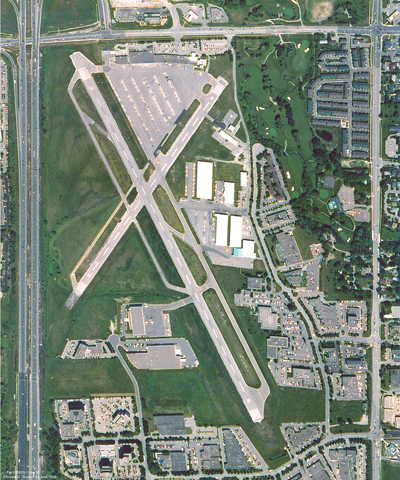
Features
Operations
Waypoint: In praise of municipal airports
Well, it’s official – the Toronto Buttonville Municipal Airport will close within the next five years.
January 7, 2011 By Rob Seaman
Well, it’s official – the Toronto Buttonville Municipal Airport will close within the next five years. No, this is not an attempt to get the attention of government and restore funding. The deal is done. Buttonville will become home to shops, people and industry, and no longer the proud and busy centre of aviation that we all knew.
 |
|
Toronto Airways Ltd. (TAL) announced more than a year ago it was actively looking at alternative use of the lands. Nobody can blame it for making this decision. Any business has to make money, and from all accounts, Buttonville was unable to be profitable at its current site. Without the subsidy that was cancelled prematurely, the first way to make more money was to attract additional business. For Buttonville, that would mean runway expansion, and as the airport has become landlocked it cannot grow any further.
Also, you can only charge so much for landing fees and a litre of fuel before the people who use your airport say no. So, raising prices was not an option, either. And the land itself was originally purchased in 1963 at a fraction of what it is worth today. So, who can blame the owners for making a sound business decision? Times and circumstances have changed, this operation needs to find a new home.
The Toronto region is not unique to this situation. The same story is playing itself out at many smaller regional airports across this country. The problem has been brewing for many years. The National Airports Policy is a flawed piece of government work from the 1990s that should have long since been overhauled.
It has taken the emphasis for development, support and sustainment of the national air system away from a centralized overseeing body like the federal government, and spread it around to local, disconnected interests that lack the big picture focus.
Edmonton Municipal Airport is facing a similar demise. Recent municipal elections there have brought in a city council determined to see the closure of the airport by 2024. Similar issues can be seen at St. Hubert and on the East Coast. The fact remains an airport in your backyard is not popular with many communities. But chances are the airport was there first and people moved to those communities because airports are good for local business and development.
The Airport Managers Conference of Ontario (AMCO) is an association of more than 50 airports and aerodrome’s from across Ontario, and is a senior advocate of airport ownership and operator organizations in Canada. In reply to the announcement that Buttonville is closing, AMCO’s response is perplexing. In a media release, they state that over the past year, they have been working closely with member airports in and around Toronto to comprehend the impact the closure of Buttonville will have on their operations. Making reference to a 2007 Transport Canada study of airports serving Toronto (the results have not been released), AMCO maintains by general consensus that there is a significant excess capacity within the 12 airports and aerodromes located in Toronto and the surrounding area. Further, they say the other airports have the capacity to absorb the traffic from Buttonville.
But the reality is there aren’t 12 airports within equal distance of Toronto that would be a reasonable replacement for Buttonville. And some are already restricted – size, operation, location in proximity to the YYZ control zone or their ability to receive all types of aircraft. Therefore, when the last aircraft departs Buttonville in four or five years, the Toronto area will lose the capacity to receive and house 300 aircraft and more than 170,000 annual movements. Local hospitals will be unable to do rapid patient transfers. Police and other government agencies that have used these convenient local airports will have increased response time and operational costs.
The good news is some communities and politicians recognize the importance and value of airports. The future for TAL, its staff and tenants, has a bright side. More than one municipality has come forward and invited TAL to plan for a potential airport in their community. So, while this holds some hope that a solution will be found in a timely manner, the same can’t be said for the other airports facing similar challenges.
The bottom line is we need to encourage the sustainment and development of our airports. And we need governments to realize the “not in my backyard and therefore not my problem” approach is not working.
Rob Seaman is a Wings writer and columnist.